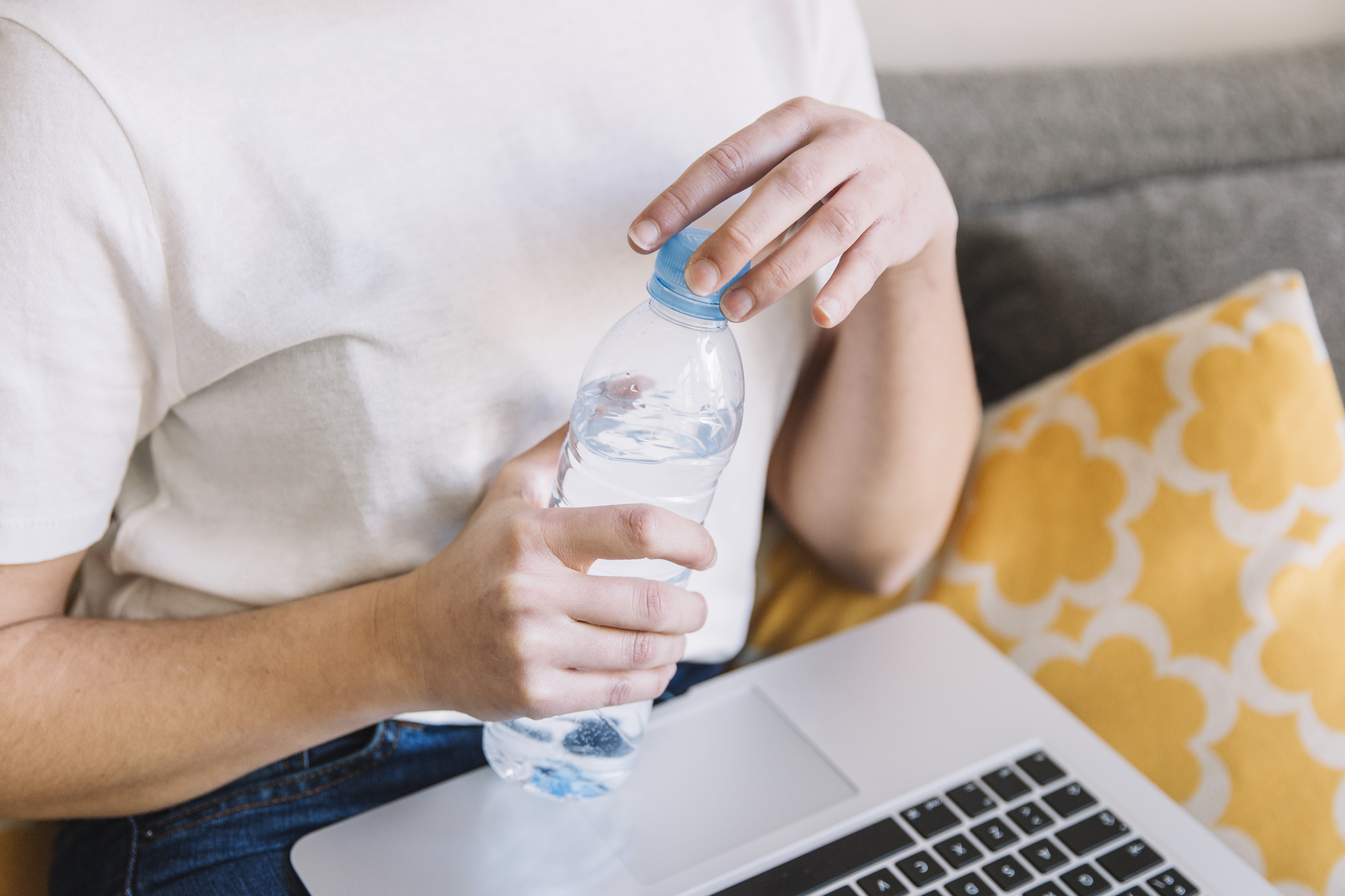
Preventing and Managing Heat Stroke During Drought: Essential Safety Tips
President Jokowi has warned that from July to October 2024, there will be significant drought, particularly south of the equator. One of the most serious health risks during this period is heat stroke, which can pose severe safety and health threats to workers.
Understanding Heat Stroke
Heat stroke is a medical emergency that requires immediate treatment. If untreated, it can quickly damage the brain, heart, kidneys, and muscles. The longer treatment is delayed, the more severe the damage, increasing the risk of serious complications or death.
Symptoms of Heat Stroke
Recognizing the signs and symptoms of heat stroke is crucial for timely intervention. Key indicators include:
- High Body Temperature: A core body temperature of 104º F (41º C) or higher is a primary sign of heat stroke.
- Changes in Mental Condition or Behavior: Confusion, agitation, speech disorder, irritability, delirium, seizures, and coma can all result from heat stroke.
- Loss of Sweating: In heat stroke caused by hot weather, sweating may cease, making the skin feel hot and dry. In exertional heat stroke, the skin may still sweat.
- Nausea and Vomiting: Common symptoms that may accompany heat stroke.
- Reddened Skin: Skin may turn red as body temperature rises.
- Rapid Breathing: Breathing may become rapid and shallow.
- Pounding Heartbeat: Heat stress places a significant burden on the heart, causing a rapid pulse.
- Headache: Throbbing headaches are also common.
Prevention of Heat Stroke.
Heat stroke is predictable and preventable. Here are steps to reduce the risk:
- Wear Appropriate Clothing: Choose for caps and loose, light, and comfortable clothing. Tight or heavy clothing can hinder proper cooling.
- Protect from Sunburn: Sunburn impairs the body's cooling ability. Use broad-spectrum sunscreen with an SPF of at least 30, wear a wide-brimmed hat, and sunglasses.
- Stay Hydrated: Drink plenty of fluids to help your body sweat and maintain a normal temperature.
- Monitor Medications: Be vigilant if you take medications that affect hydration and heat eliminatio.
- Avoid Leaving Anyone in Parked Cars: This is a common cause of heat-related deaths in children. Temperatures can rise rapidly inside a parked car, even if the windows are cracked or it is in the shade.
- Adapt Gradually: Acclimate yourself to hot weather by gradually increasing exposure. It can take several weeks to adjust.
- Seek Shade: If you feel overheated, immediately seek shade or move indoors to a cooler environment.
- Seek Shade: If you feel overheated, immediately seek shade or move indoors to a cooler environment.
- Be Cautious if at High Risk: Avoid heat and take quick action if you notice symptoms of overheating. Ensure medical services are available during vigorous activities in hot weather.





